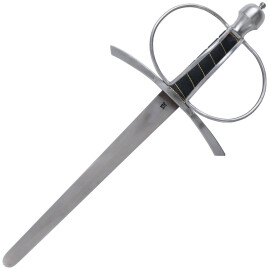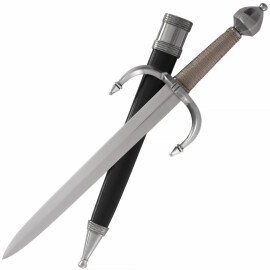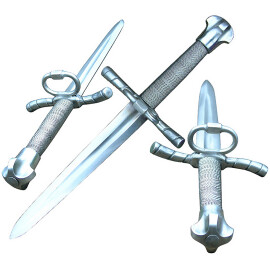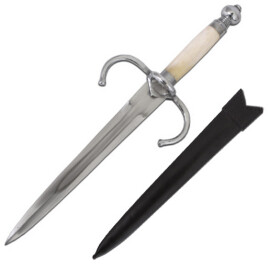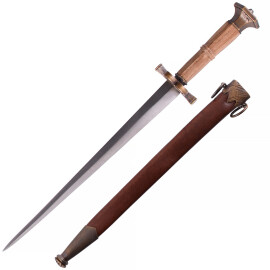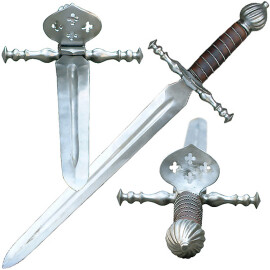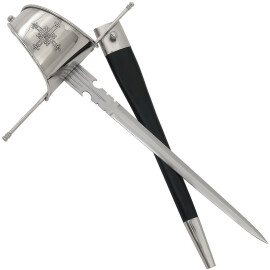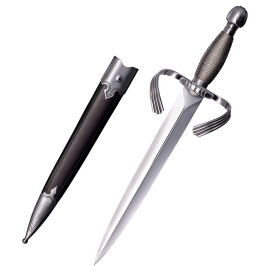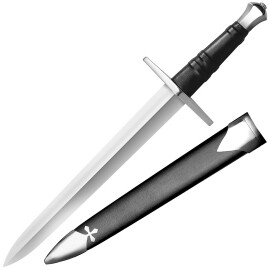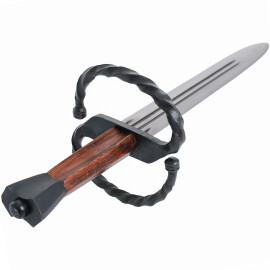Parrying daggers
The use of an off-hand weapon gradually fell out of favour as sword fighting evolved into the modern sport of fencing. The use of progressively lighter primary weapons such as the small sword, épée, and foil allowed for greater speed. Under these circumstances the use of just a primary weapon offered improvements in balance as well as a stance that offered a smaller target. With the advent of firearms the parrying dagger lost its sense and stopped to be used.
Narrow your Results
Filter exactly what you are interested in.
11 items out of 25 found
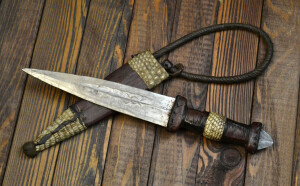
History of the Dagger: From Flint Tool to Weapon
Daggers are one of the oldest tools used by man. They evolved from primitive fist wedges made of flint as early as the Palaeolithic, and as people eventually began to use metals and developed daggers, what was once a tool now played a significant…
Parrying dagger
The parrying dagger is a category of small hand-held weapons from the European late Middle Ages and early Renaissance. These weapons were used as off-hand weapons in conjunction with a single-handed sword. As the name implies they were designed to parry, or defend, more effectively than a simple dagger form, typically incorporating a wider guard, and often some other defensive features to better protect the hand, as well. The main-gauche is used mainly to assist in parrying incoming thrusts, while the dominant hand wields a rapier or similar longer weapon intended for one-handed use.

